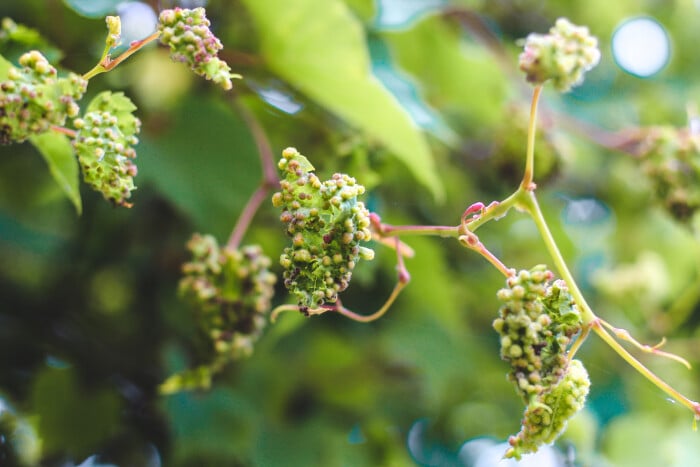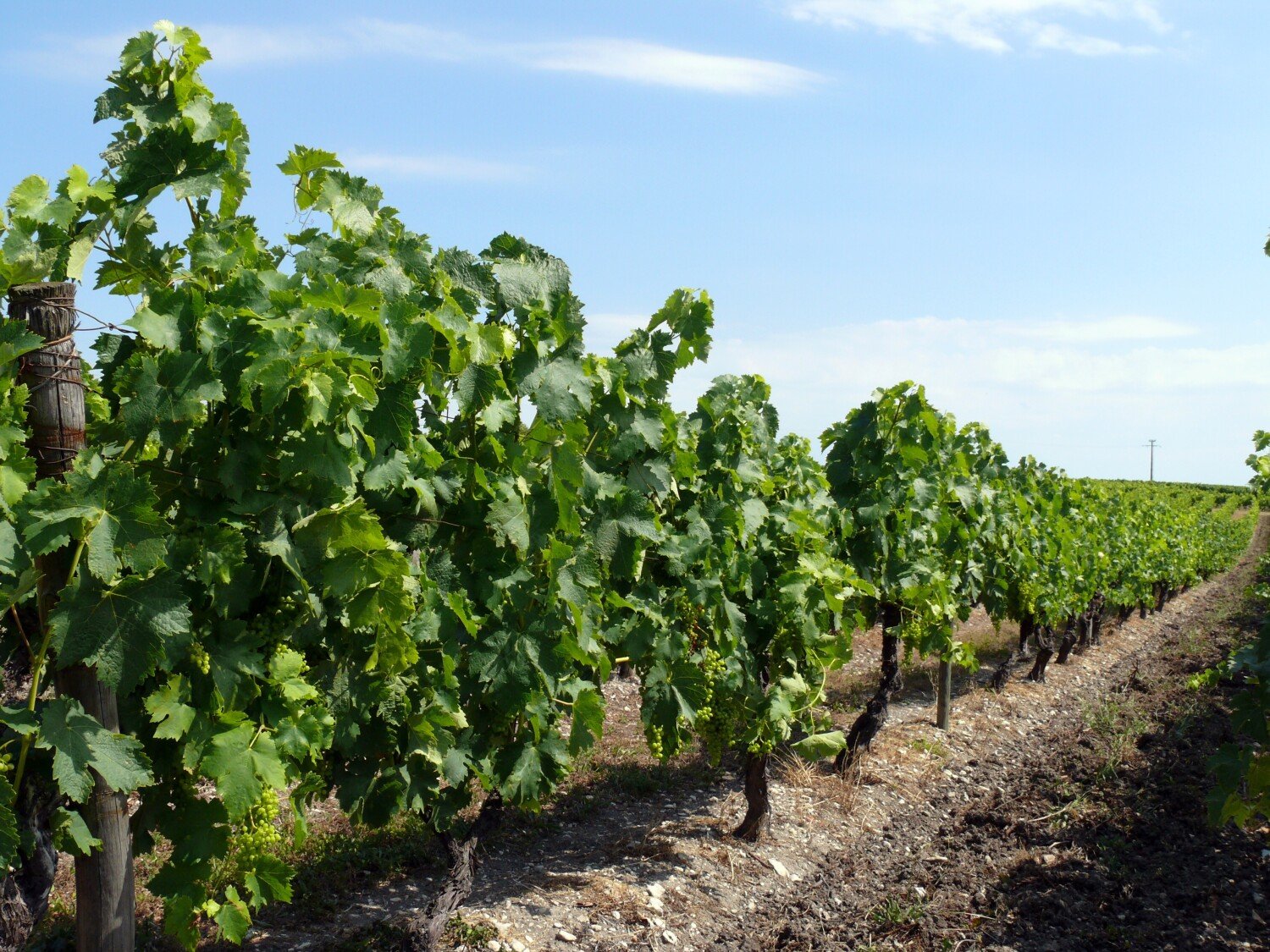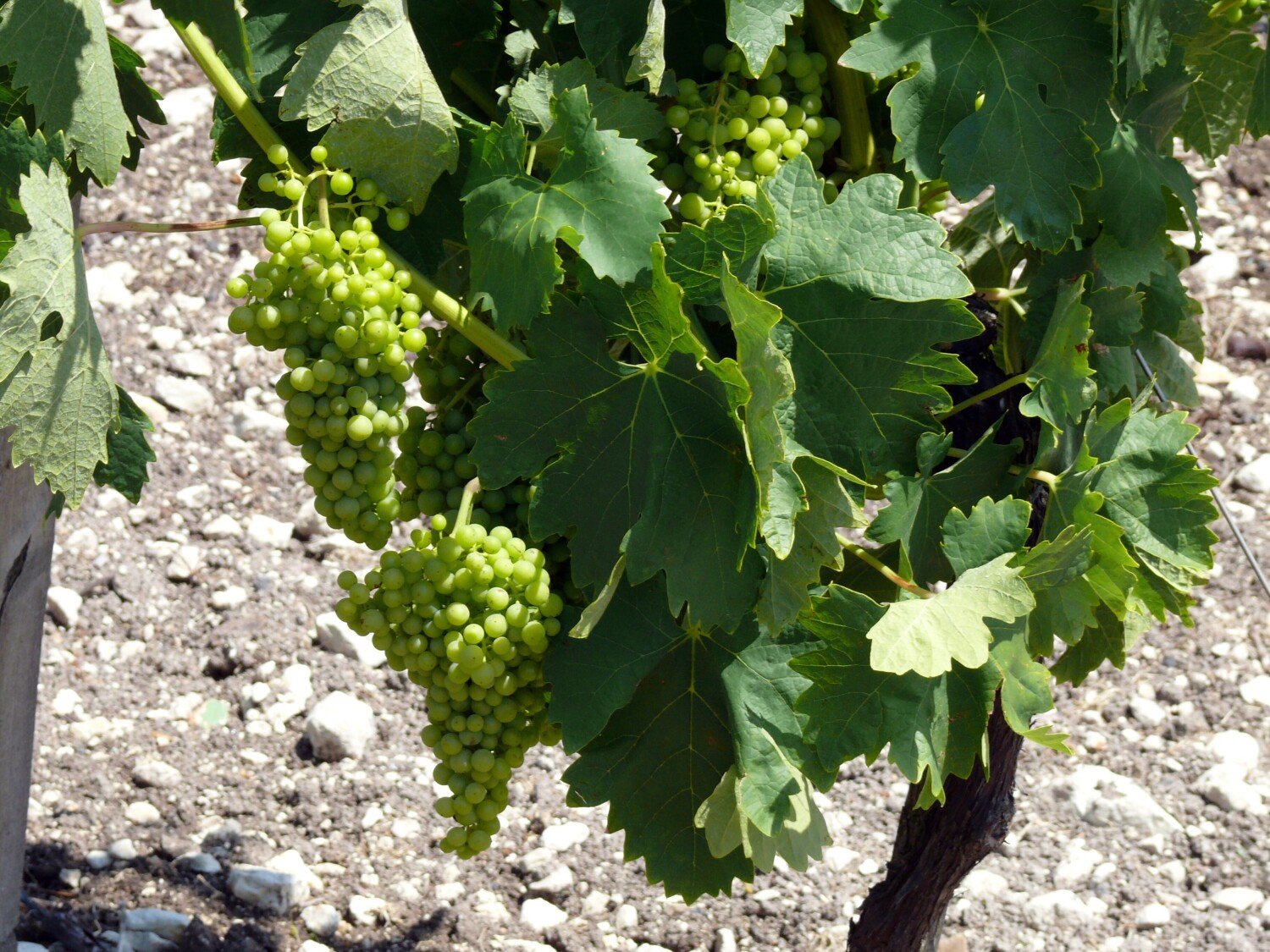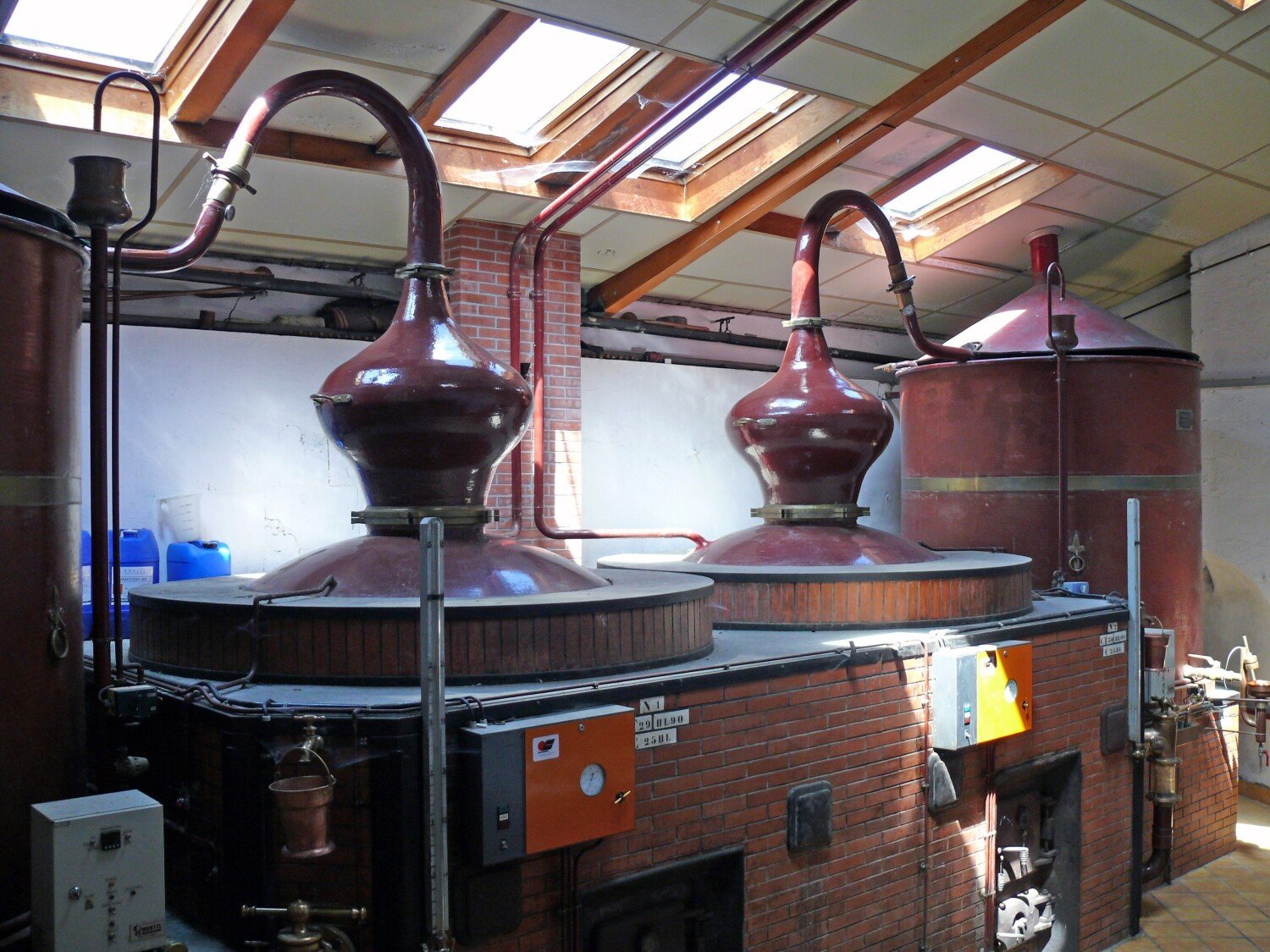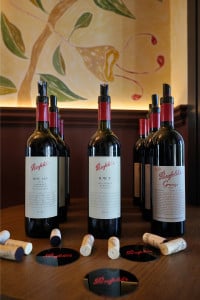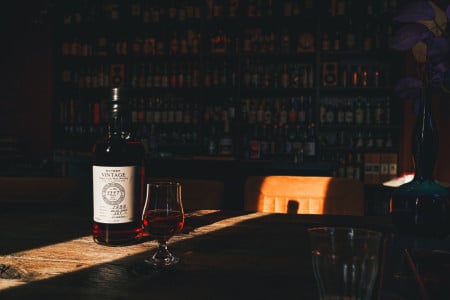Between the 1860s and 1880s, it was the custom for the English middle class to drink brandy-soda, especially in London pubs. Most of this brandy came from the French departments of Charente and Charente-Maritime, located east of the Bordeaux wine region, where Cognac comes from. The emergence of a small yellow louse named Phylloxera Vastatrix, which literally means ‘dried-out leaf destroyer’, put an end to this custom. English pub-goers turned to whisky soda by necessity, which led to a boom in sales of Scotch blended whisky.


Wine
Explore more
Types of wine
Grapes
Countries
Champagne
Explore more
Whisky
Explore more
Types of Whisky
Whisky brands
Countries
Spirits
Explore more
Spirit brands
Rum
Explore more
Rum brands
Sale
Blog
About
